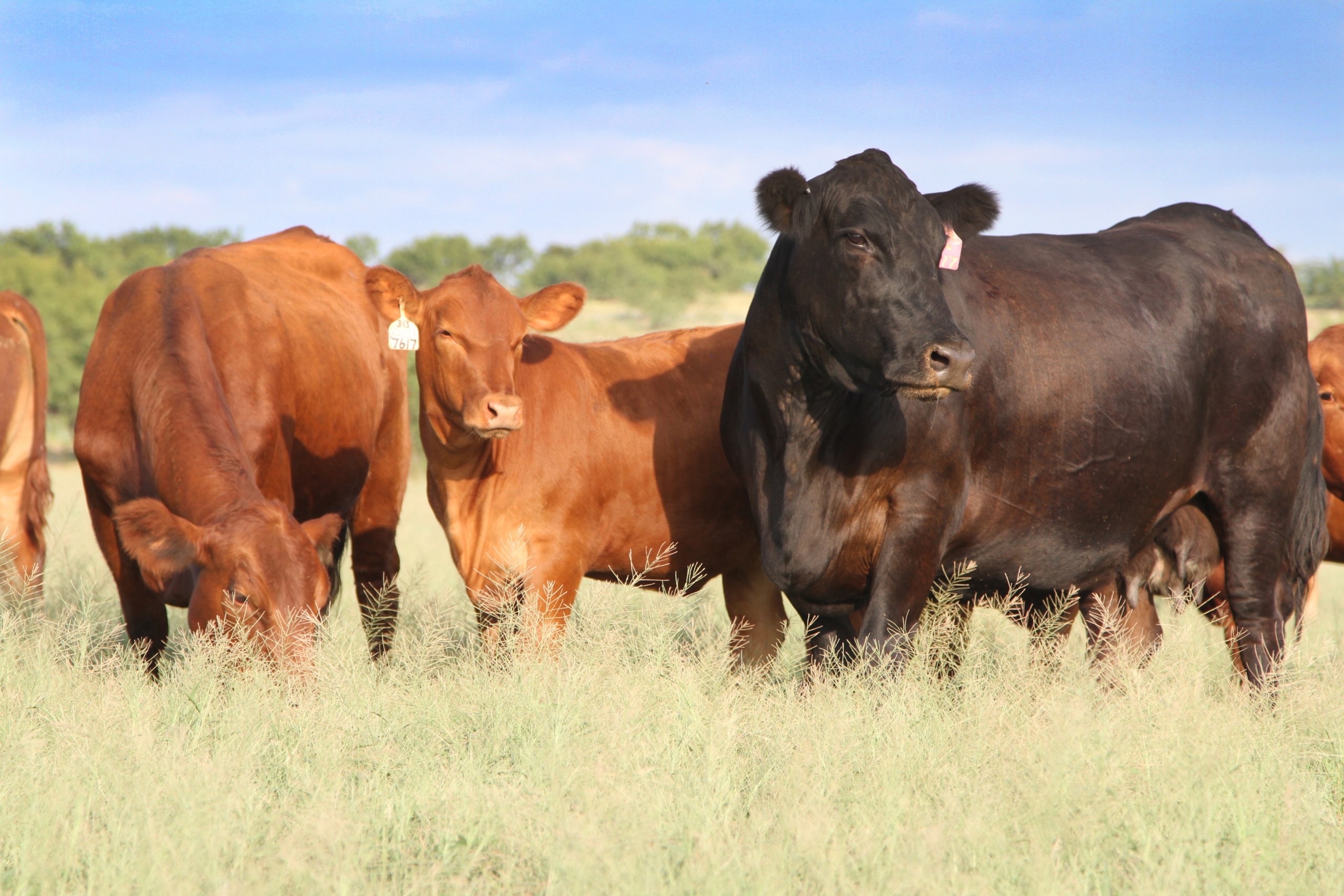By Julie Tomascik
Editor
The U.S. Department of Agriculture (USDA) announced a new plan last week aimed at rebuilding the nation’s beef herd and strengthening the cattle industry, while also lowering retail beef prices for consumers.
The strategy comes as the American beef supply faces its tightest squeeze in decades, with cattle numbers at their lowest point in nearly 75 years.
The plan, outlined in a USDA white paper, focuses on increasing herd numbers, expanding processing capacity and improving market resilience. USDA officials said the long-term vision is to balance supply and demand while keeping beef accessible to consumers and profitable for ranchers.
“America’s food supply chain is a national security priority for the Trump administration. We are committed to ensuring the American people have an affordable source of protein and that America’s ranchers have a strong economic environment where they can continue to operate for generations to come,” U.S. Secretary of Agriculture Brooke Rollins said. “At USDA, we are protecting our beef industry and incentivizing new ranchers to take up the noble vocation of ranching.”
USDA’s plan includes efforts to open more grazing lands for production, reduce regulatory hurdles that slow expansion and encourage the rebuilding of cow-calf herds in regions hit hardest by drought. The plan also emphasizes expanding meat processing capacity, particularly among small and regional processors, to make the beef supply chain more resilient to market disruptions.
No direct producer payments will be offered as part of the initiative. Instead, the focus will be on infrastructure, market transparency and improving the “Product of USA” labeling program.
The department framed the plan as both an economic and national security issue, emphasizing the importance of maintaining a strong domestic beef supply chain in the face of global competition. The United States remains one of the world’s largest beef producers and exporters, but herd reductions, processing bottlenecks and increased input costs have strained ranchers in recent years.
“Texas Farm Bureau is encouraged by the ‘USDA Plan to Fortify the American Beef Industry’ and appreciates Secretary Rollins and her team for proposing commonsense solutions to reinvigorate the U.S. beef sector,” TFB President Russell Boening said. “We are pleased with the diverse impact the beef industry plan will have across the U.S. and look forward to working with USDA to implement these priority items.”
USDA’s plan was announced after President Donald Trump publicly considered increasing beef imports from Argentina.
Boening said while producers support efforts to strengthen the beef industry, government involvement should not interfere with the market.
“Texas Farm Bureau has heard from members across the state expressing concern over potential action that could disrupt the market,” Boening said. “At a time when the farm and ranch economy is already under severe pressure, such intervention could further strain farmers and ranchers and have unintended consequences. While global trade plays a role in supplementing the U.S. beef supply, it must never come at the expense of American farm and ranch families.”
Boening emphasized the need for policies that strengthen consumer demand for U.S. beef while allowing producers the freedom to respond to market signals.
“We urge the administration to focus on cultivating consumer demand for U.S. beef and allow market dynamics to operate freely, especially as ranchers work to rebuild their herds,” he said.


Leave A Comment